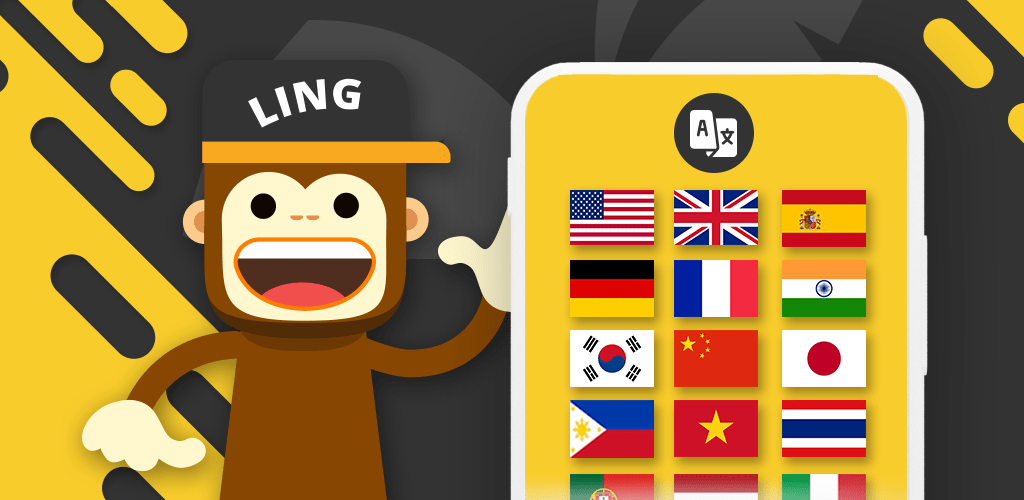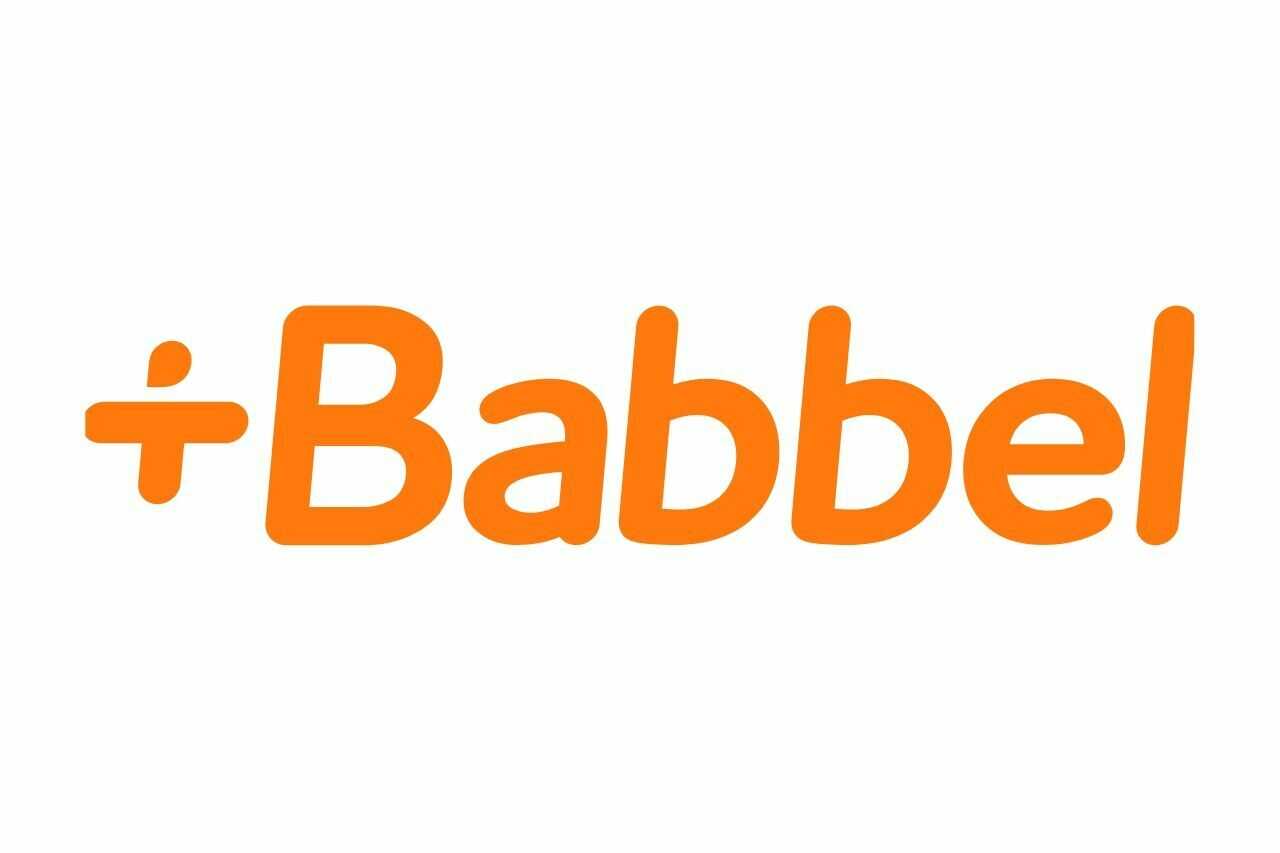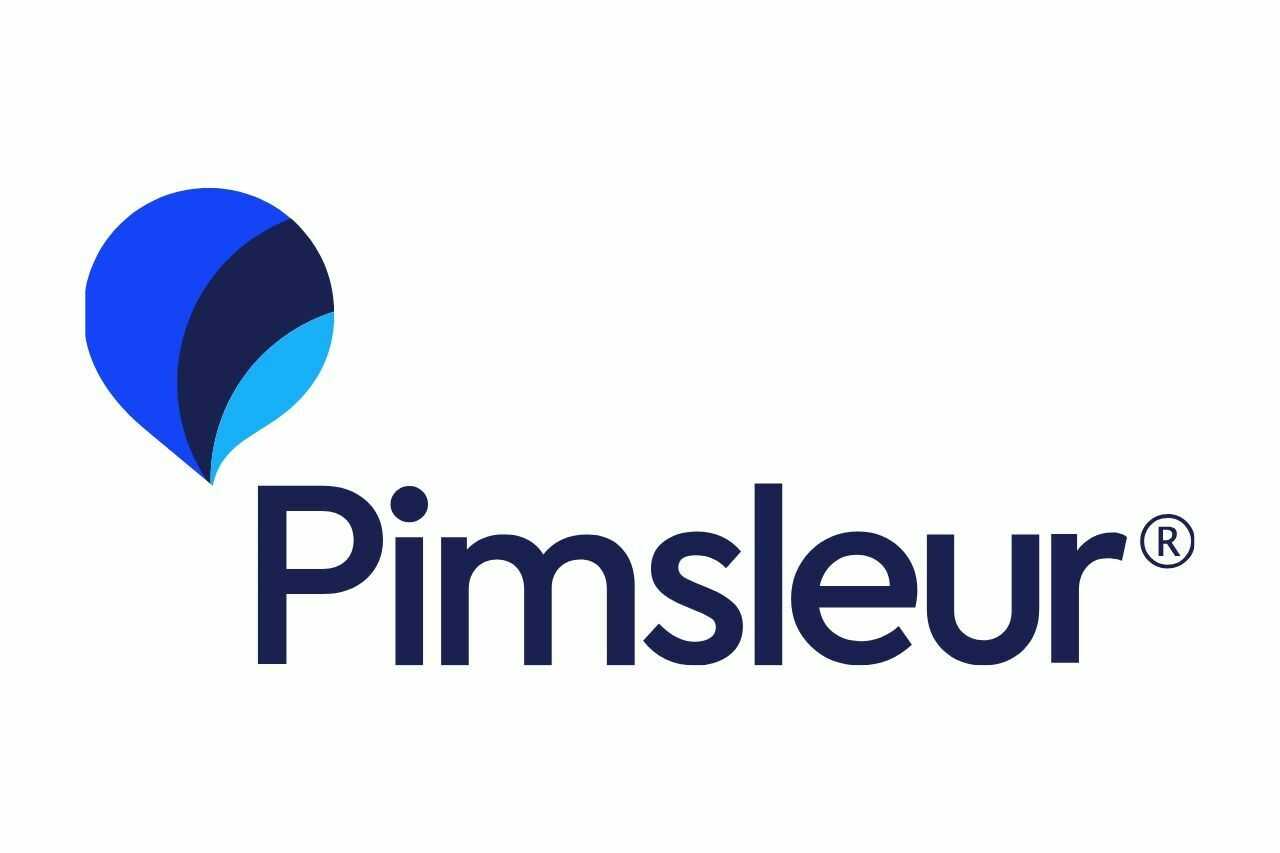In case you haven’t heard, we are in the language learning app business. The market for these apps is very big – and that is very encouraging to see. Learning a new language is such a great skill and can open up so many new opportunities. One of the biggest names in the market is Duolingo. Their owl mascot is almost iconic at this point. However, there are a bunch of other options available too, which is why we wanted to show you some alternatives to Duolingo. These options might just fit your needs better and ultimately boost your ability to learn, whether you are looking to study Thai or learn Khmer. Here they are in no particular order:
Memrise
The Memrise app is often recommended as an alternative to Duolingo. It is a free language learning app for you to learn a new language on your phone. There are a few different languages for you to choose from, including some very popular options. Saying that, the list is quite limited but this seems to be a case of quality over quantity.
What makes Memrise unique is its approach to teaching you new vocabulary. It focuses on real conversations with native speakers to ensure things are authentic. They even use video clips showing what appear to be genuine interactions between locals. Otherwise, lessons are dived into bitesize pieces, helping even the busiest people fit some learning into their schedule.
Memrise has developed a great app that emphasizes ‘real-life’ language and speech. The mixture of video, pictures and sound all aide the learning process and keep things interesting. If that sounds interesting to you, you should definitely give it a try.
Ling
With the Ling app, several goals were set. The aim of Ling is to make language learning fun and engaging, while also being productive. With plenty of lessons and tests as well as a chatbot that helps you practice what you have learned, there are many different ways to use your skills.
There are several levels for you to choose from based on your language ability. This means that it is suitable for beginners who are new to the language but also those who already have some language skills. Each section is split up into units that cover different topics. After you have completed some of the lessons, there is a review option where you can go over the topics again to help you memorize and properly learn what you have covered previously.
Ling is of course highly recommended, whether as an alternative to Duolingo or as your go-to choice. A lot of time and love have been put into making the app as useful to language learners as possible, with a wide variety of different languages, each using native speakers to guide your speaking and listening. If this type of learning fits your style, then it is definitely worth checking out.
Babbel
Babbel is another popular name in the language learning space. As you would expect, they have expanded into the mobile app territory as well to bring their structured teaching style to the market. They have a decent spread of languages available, but are still missing a few notable examples like Thai.
Their app adapts their classes to fit better with the mobile platform. Lessons are 10-15 minutes long, allowing for more depth and coverage while still being short enough to do when out and about. As you learn new vocabulary, you will see it used in a variety of different situations with plenty of pictures and interactive elements to keep your interest. It is easy to track your progress and review what you have covered previously.
As an alternative to Duolingo, Babbel certainly holds its ground. It has a strong reputation which just goes to show why their app is amongst the most popular available. If you like learning in 15 minute chunks then Babbel is likely a good option for you.
Pimsleur
Did you know that Pimsleur is named after linguistics expert Paul Pimsleur? He created his own learning method that was meant to optimize language learning. Well, that method is what the Pimsleur language learning app uses to teach you new languages.
The app has a wide variety of different features that emphasize Pimsleur’s focus on memorization. This includes things such as flash cards and quizzes, along with thorough tracking and progress checks to ensure you are doing everything necessary to internalize the new language. Listen to audio tracks, read conversations and write out core vocabulary in your target language right from your phone.
Pimsleur is a more pricey alternative to Duolingo and very heavily integrates with its desktop counterpart. It uses a tried and tested method for language learning that could just help you gain fluency in a new language. Sound good? Try it out and see what it can do.
Busuu
One thing that makes Busuu stand out from the rest of the language learning apps is that it is powered by AI or artificial intelligence. It uses this technology to create personalized, relevant study plans so that you can get the most out of your learning.
Busuu is great if you are looking for more in-depth learning, covering large grammar rules and vocabulary extensively. This is helped by a feature that allows you to send your writing exercises to real people who are native speakers in the language. They will provide feedback to help you improve further. Games and quizzes are used to teach you grammar, vocabulary and pronunciation, too.
Busuu brings a unique spin to the language learning app formula. It uses machine learning combined with its team of native language specialists to provide a top notch language learning experience.
Find Alternatives To Duolingo That Work For You
Language learning apps like Ling and the others listed here make for great companions. For many people, they may not be the only option to use. If used effectively, they can be very useful and an indispensable tool for learning on-the-go and keeping your vocabulary fresh. In the end, these are just 5 examples of alternatives to Duolingo, and so you may find that some other language learning apps work better for you. Whatever you choose to use, we wish you the best!
For anyone wanting to give Ling a try, click the button below. You can download the app and start learning a new language in no time.


















